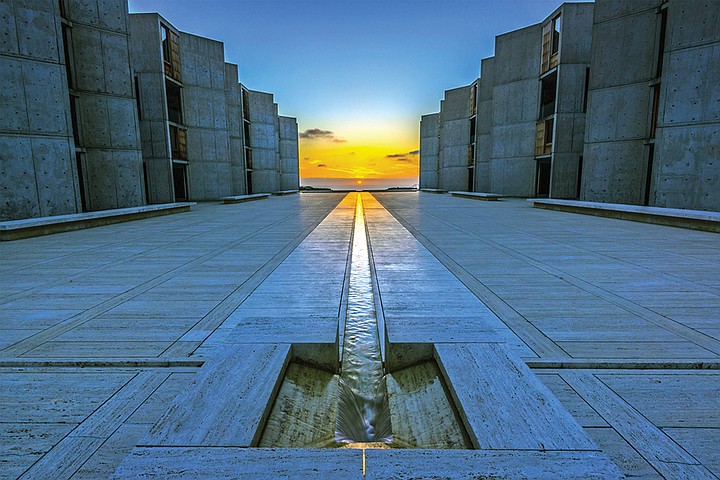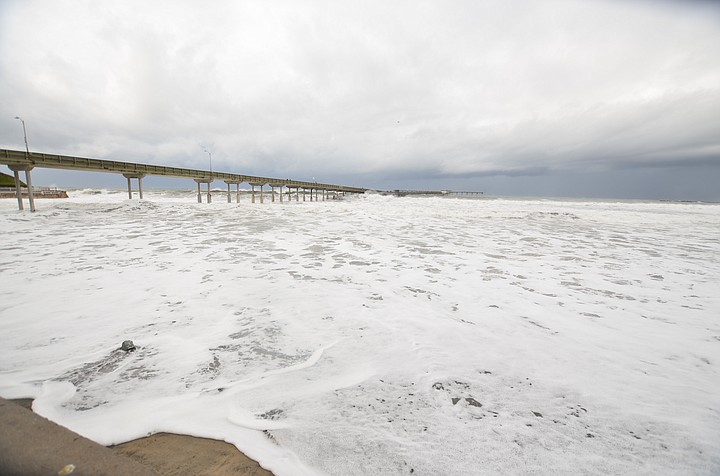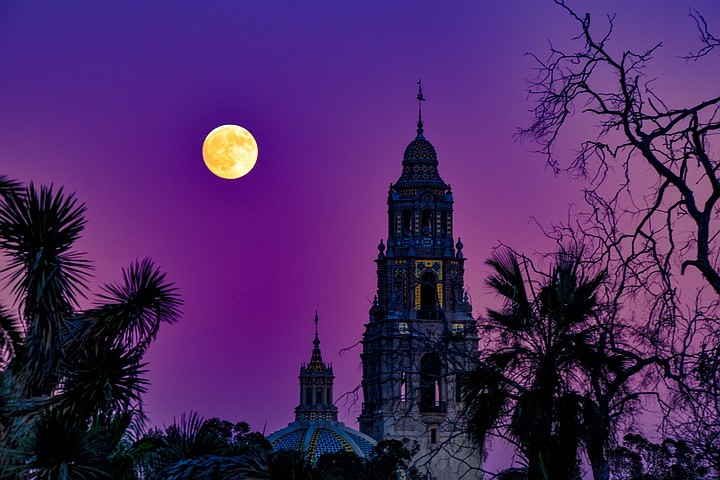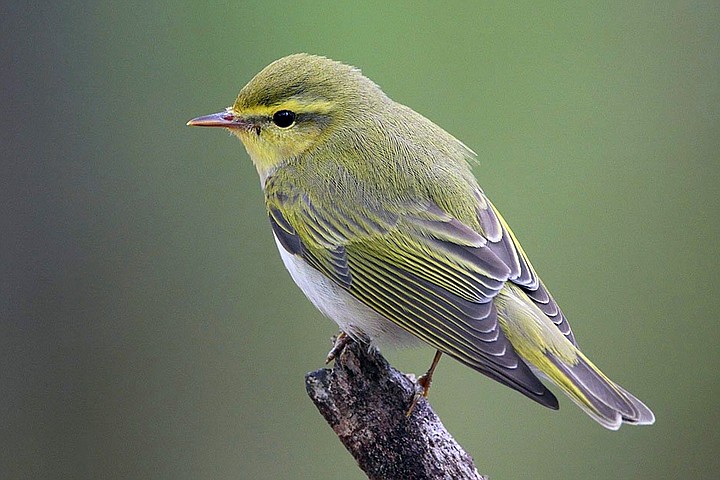 Facebook
Facebook
 X
X
 Instagram
Instagram
 TikTok
TikTok
 Youtube
Youtube

We're Witnessing A Drastic Seasonal Change as the county goes from record temps to Fall weather in a matter of weeks. You can feel the slight chill in the air as the days get shorter and the dew clings to the world a little longer each morning. Orb Weaver spiders are already making their webs across our porches and walkways, collecting insects and water droplets overnight. All these things point to this weekend's autumnal equinox. The season officially begins at 5:44 am local time this Sunday, September 22. The Fall season will continue for three months until the sun “moves” to its farthest southerly point on the winter solstice, December 21.

Equal Days and Nights Everywhere On Earth, 12 hours each, is only one of the noticeable phenomena during the time of equinox, either autumnal or vernal (spring). Another is that the sun at equinox always rises from a point on the horizon due east and then sets due west. You could calibrate a compass this way if you had access to a true (unobstructed) horizon. A more subtle phenomenon is that at mid-latitudes like ours, morning and evening twilight periods are shortest during equinox. In San Diego, the duration of twilight this week is about 80 minutes; last June, it was about 100 minutes.

Highest Tides For September Are Predicted For 8:52 pm On Monday the 16th (+6.96 feet) and for 9:37 pm. on Tuesday the 17th (+6.82 feet). The month’s lowest tide (a not-very-low minus 0.89 feet) will occur on Monday morning, at 2:53 am. This is the beginning of the six-month-long “season” in which strongly negative tides will occur during afternoon hours — a time of day well suited for exploring tidepools in the lowest-lying intertidal zones.

Catch the Full Moon Rising On Tuesday, September 17, from the boat-launching area on Shelter Island. You’ll witness (weather permitting) a beautiful spectacle: as the sun sets behind Point Loma, the west-facing facets of several mirrored buildings downtown will reflect a rosy or golden glow straight back toward your location. Afterward, some 25 minutes into the twilight period, the Moon will pop up directly behind the skyline. This full-moon alignment occurs around this time of the year (near the autumnal equinox) and also near vernal equinox, which is in late March. If the moon happens to appear a little larger than usual, it’s no accident: the full-moon phase this month coincides with lunar perigee — the Moon’s closest approach to Earth.

Fall Migrant Birds Such As Wood Warblers can be seen at Cabrillo National Monument and its vicinity on Point Loma, Torrey Pines State Reserve, and other parks and open spaces near the San Diego coast. Cooper’s or marsh hawks and even peregrine falcons may be seen following or pursuing these smaller birds.


We're Witnessing A Drastic Seasonal Change as the county goes from record temps to Fall weather in a matter of weeks. You can feel the slight chill in the air as the days get shorter and the dew clings to the world a little longer each morning. Orb Weaver spiders are already making their webs across our porches and walkways, collecting insects and water droplets overnight. All these things point to this weekend's autumnal equinox. The season officially begins at 5:44 am local time this Sunday, September 22. The Fall season will continue for three months until the sun “moves” to its farthest southerly point on the winter solstice, December 21.

Equal Days and Nights Everywhere On Earth, 12 hours each, is only one of the noticeable phenomena during the time of equinox, either autumnal or vernal (spring). Another is that the sun at equinox always rises from a point on the horizon due east and then sets due west. You could calibrate a compass this way if you had access to a true (unobstructed) horizon. A more subtle phenomenon is that at mid-latitudes like ours, morning and evening twilight periods are shortest during equinox. In San Diego, the duration of twilight this week is about 80 minutes; last June, it was about 100 minutes.

Highest Tides For September Are Predicted For 8:52 pm On Monday the 16th (+6.96 feet) and for 9:37 pm. on Tuesday the 17th (+6.82 feet). The month’s lowest tide (a not-very-low minus 0.89 feet) will occur on Monday morning, at 2:53 am. This is the beginning of the six-month-long “season” in which strongly negative tides will occur during afternoon hours — a time of day well suited for exploring tidepools in the lowest-lying intertidal zones.

Catch the Full Moon Rising On Tuesday, September 17, from the boat-launching area on Shelter Island. You’ll witness (weather permitting) a beautiful spectacle: as the sun sets behind Point Loma, the west-facing facets of several mirrored buildings downtown will reflect a rosy or golden glow straight back toward your location. Afterward, some 25 minutes into the twilight period, the Moon will pop up directly behind the skyline. This full-moon alignment occurs around this time of the year (near the autumnal equinox) and also near vernal equinox, which is in late March. If the moon happens to appear a little larger than usual, it’s no accident: the full-moon phase this month coincides with lunar perigee — the Moon’s closest approach to Earth.

Fall Migrant Birds Such As Wood Warblers can be seen at Cabrillo National Monument and its vicinity on Point Loma, Torrey Pines State Reserve, and other parks and open spaces near the San Diego coast. Cooper’s or marsh hawks and even peregrine falcons may be seen following or pursuing these smaller birds.
Comments